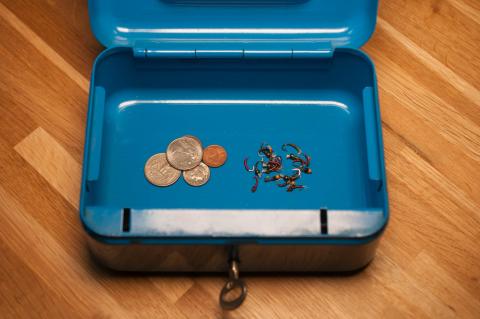Hi Carlos. I am going to move to bogota the 5th of August and I plan to stay there for at least six month. I'd love to meet somebody crazy for Flyfishing there like you. Please write me back ! Cannot stay without fly fishing for such a long time :)
Giorgio
- Log in to post comments

